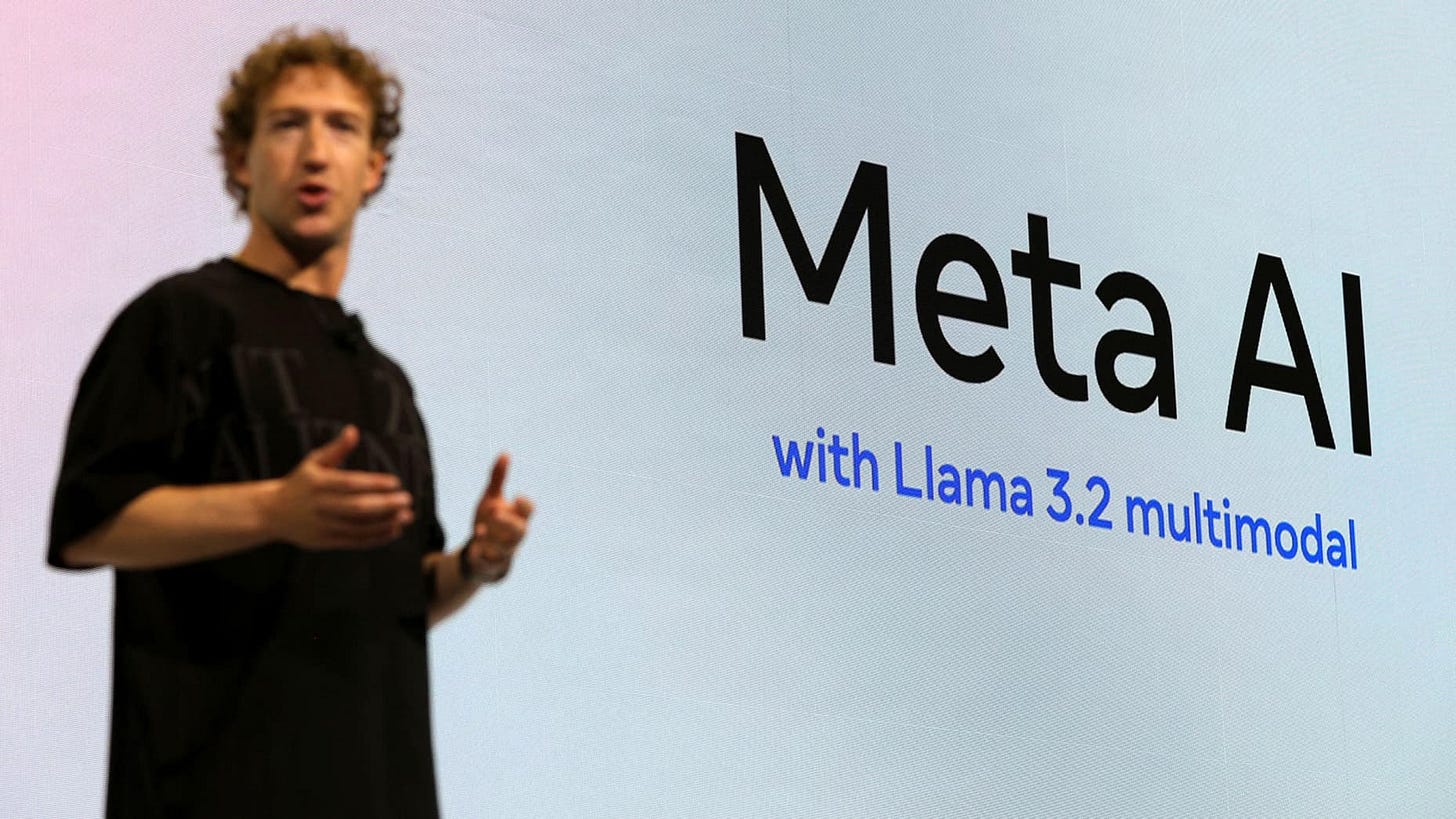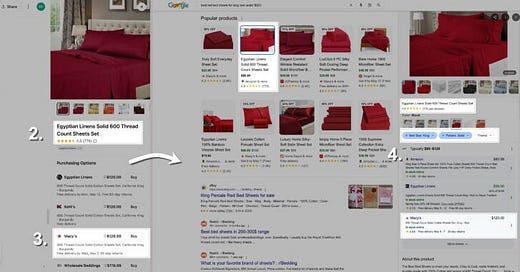Sitemap Myths, AI-Powered Shopping (Google vs GPT) & Ecommerce SEO in 2025
SEO TL;DR #69 06/05/2025
Technical SEO
Updating Sitemap Dates Won’t Help Your SEO (and might hurt)
Google’s John Mueller has shut down the idea that updating lastmod dates in XML sitemaps to today’s date (without actually changing content) provides a “freshness signal” or SEO boost. He called it “lazy” on Reddit and said it can make it harder for search engines to detect real updates.
💡 Takeaway: The lastmod tag is useful, but only when it reflects true updates. Don’t try to game it. If Google sees a sitemap constantly claiming fresh content when nothing’s changed, it may start ignoring the signal altogether.
Stick to accurate timestamps and focus your efforts on improving actual content, not metadata.
Technical SEO
Server-Side vs. Client-Side Rendering: What Google Recommends
In a recent interview with Kenichi Suzuki, Google’s Martin Splitt clarified how rendering works across Google Search and AI tools, and what SEOs should consider when choosing between server-side and client-side rendering.
Key takeaways from Splitt:
Google’s AI crawler uses the same rendering service as Googlebot and typically renders content in minutes, not days or weeks.
SSR (or even pre-rendering) is better for content sites where users are simply reading or browsing. CSR is fine for highly interactive tools, which you don’t necessarily need to be indexed.
Structured data doesn’t boost rankings, but it does improve Google’s confidence in your content and will become more critical for AI-driven features.
💡 Takeaway: If you're running a content site, especially in ecommerce or publishing, lean towards server-side rendering or pre-rendered HTML to ensure fast and reliable indexing.
Use structured data to give search engines the context they need, not for rankings, but to help AI surface your content accurately in richer results.
Ecommerce SEO X AI
AI-Powered Shopping is Here, but Google Still Dominates (for now)
Quite a lot of AI news this week, which I’ve tried to consolidate here, starting with Google dropping the waitlist for AI Mode, making it available to all signed-in US users over 18. They also introduced shopping upgrades like product cards and local place cards. You can also use AI Mode to browse nearby businesses or shop for products with real-time prices and inventory by visiting google.com/aimode.
Meanwhile, ChatGPT has quietly launched its unpaid product listings, showing shoppable results after product-focused prompts. However, early tests show that the experience lacks reliability, visual polish, and consistency compared to Google Shopping.
The key differences, as highlighted in an article by Brodie Clark, include:
ChatGPT uses structured data, reviews and general ranking factors (e.g. price, rating), but much of its product data may be pulled from sources like Bing or Shopify.
Unlike Google Shopping, there’s limited transparency, no source validation, and product suggestions vary significantly between sessions.
No ‘checkout’ option yet, and the mobile experience is weak compared to Google’s merchant panels.
Lastly, Meta has officially entered the AI app wars by launching a stand-alone Meta AI assistant powered by its Llama model. The new app includes a “Discover” feed showing how others use the assistant, and provides interactive prompts - a move designed to compete directly with ChatGPT, Gemini, Claude and Grok.

With this new app, Meta is clearly positioning itself as a major player in the AI arms race, hoping to push past its current 700 million monthly active users and become the dominant assistant in 2025.
💡 Takeaway: AI Mode is quickly evolving from a Labs experiment into a mainstream interface, complete with transactional features. If your SEO strategy includes ecommerce or local, you need to make sure product feeds and GBP listings are accurate, optimised and up-to-date.
The closer a user gets towards making a purchase decision, the fewer clicks it takes and the more important it becomes to appear within the interface itself - whether that’s traditional search, AI mode or GPT.
Ecommerce SEO
The State of Ecommerce SEO in 2025: What’s Changed and What to Do
Aleyda Solis has just published a blog on the state of ecommerce SEO in 2025 which demonstrates how today’s e-commerce SEPRs look more like full-on shopping experiences than traditional search results, with Google layering in reviews, image thumbnails, UGC, forums, videos, brand exploration, and AI Overviews on top of its organic results.

Organic clicks are declining across the board, especially for generic retailers and publishers. UGC platforms like Reddit, Instagram and TikTok are winning more visibility, while zero-click searches are increasing in most ecommerce categories.
Ecommerce SEO is no longer just about rankings; it’s about feature inclusion, pixel presence and SERP real estate. Aleyda’s advice…
Double down on PDPs - prioritise indexability, rich structured data (including product variants), and visual optimisation (images, thumbnails, video, reviews).
Integrate with Merchant Centre - many features now rely on feeds. Ensure parity between your structured data and product feeds.
Track SERP features, not just position - tools like AWR help you spot missed opportunities and feature triggers your competitors are using.
Invest in upper-funnel content - many commercial queries now surface expert guides and UGC. Creating informational content around your products builds brand authority, earns links and boosts PDP rankings when tied together.
Content SEO
Google Refines What “Low Quality” Content Means
Last month, I covered how Google updated its Search Quality Rater Guidelines to direct its quality raters to treat AI-generated or paraphrased content with little originality or added value as “lowest quality”.
In its latest iteration, Google has tightened its definition of what makes content low or even lowest quality. It now explicitly calls out content that’s:
Created with little to no effort
Offers little to no originality
Adds no value compared to similar pages on the web
Originality is no longer a nice-to-have; it’s essential. Pages that follow cookie-cutter templates or use content gap analysis to rehash what competitors already cover may now be flagged as lowest quality, even if the content is more polished.
If your content blends in with everything else, don’t expect it to stand out in search. Instead of copying top-ranking pages, lean into unique insights, underserved angles, and your brand’s perspective. Google is getting better at detecting when you're just saying the same thing, only with more words or better design.
💡 Takeaway: In a summary by Roger Montti, scraping the People Also Ask section and auto-generating content to “fill gaps” could be considered as signals of low effort and originality.
Content gap analysis is a process performed by many an SEO (including myself), and while this news suggests against it, I wouldn’t write it off completely. The difference lies in intent and execution:
✅ Good content gap analysis identifies where you can add unique value by answering questions better, offering new perspectives, filling knowledge gaps, or combining insights in ways others haven’t. It’s about making the web more useful.
❌ Bad content gap analysis scrapes the top results and regurgitates them with surface-level rewrites, fluff or AI outputs that add nothing new. It’s more about ticking boxes than helping users.
Put simply, "they wrote about it, so we should too" isn’t a strategy, unless you’ve got something better to say. Borrow topics, not ideas. Match the query, not the content.
PS: I’m running free 20-minute discovery calls for anyone who wants to talk SEO and get my advice on what to focus on in 2025. Use the link below and book a time slot:





